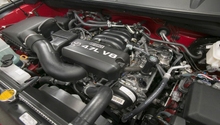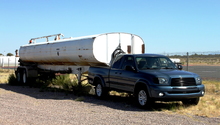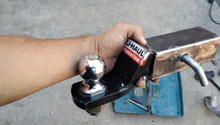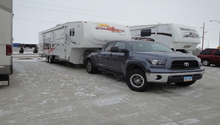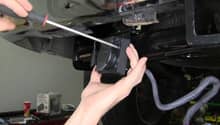Toyota Tundra: Towing Diagnostics
Towing is a huge part of owning a truck like the Toyota Tundra. Here's everything you need to know about pulling things with your Tundra.
This article applies to the Toyota Tundra (2000-2015).
The Toyota Tundra is one of the best trucks on the road today. It's designed not only to haul heavy equipment, but also to tow many different things. Whether your dream is to tow your house around, or you want to expand your business and tow a trailer with more equipment, know that your Tundra is very capable. This guide goes into the Tundra's towing capabilities and provides what you need to know about towing. If you're ready to take full advantage of your Toyota Tundra, then read on.

Towing Capacity
The Toyota Tundra towing capacity can vary from 6,400 lbs to 10,500 lbs, depending on the trim level your specific Tundra is equipped with. It's important to look for the weight information on the specific trailer you're towing before you start towing it. Always note that if you're towing a trailer that weighs 7,000 lbs and you have a lot of equipment in it, you have to add the weight of the equipment on top of the trailer's weight. Towing a load heavier than your maximum towing capacity can result in serious damage.
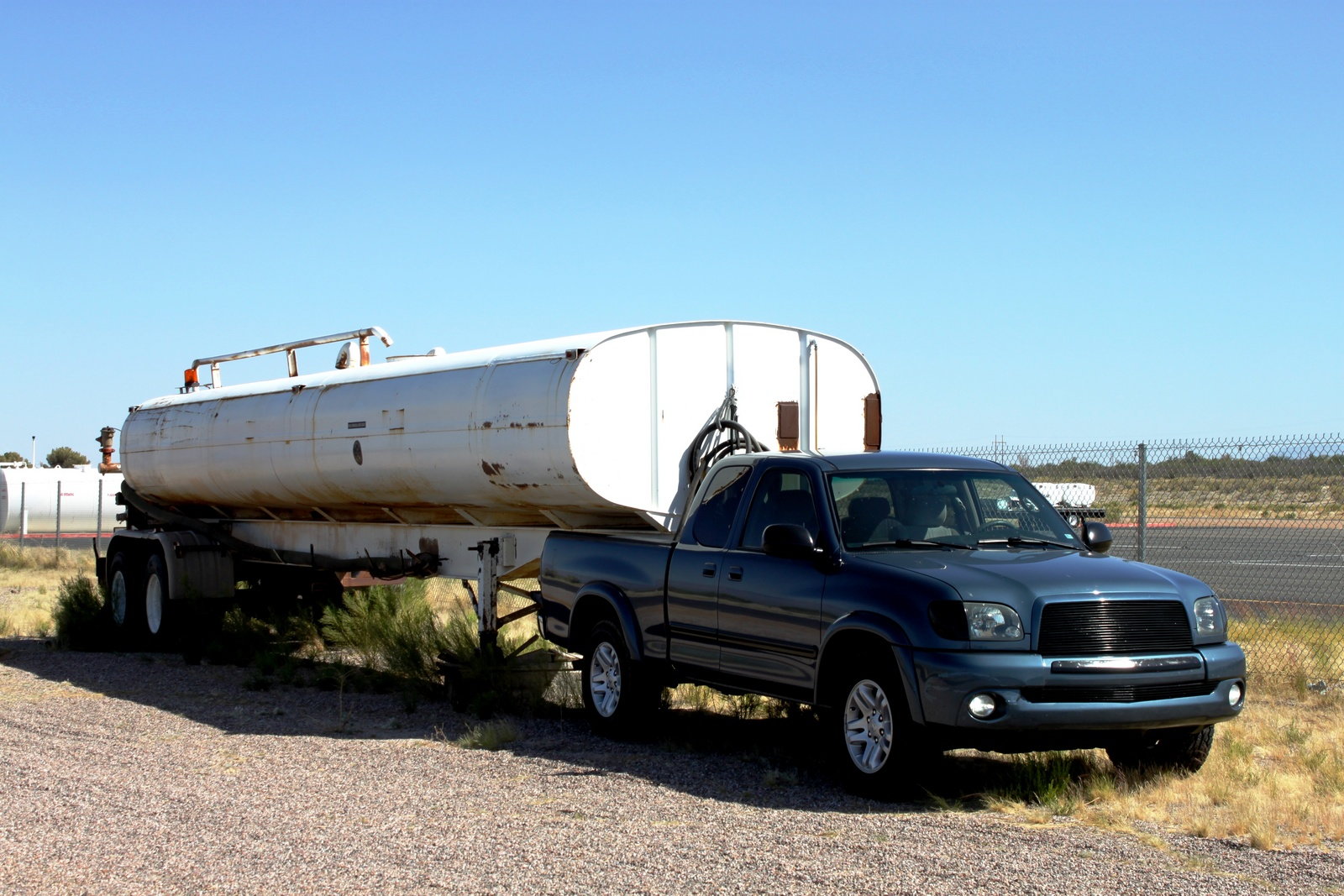
Maintenance
Before you go towing all kinds of different trailers, you have to realize that the more you tow, the more maintenance you will have to do. Putting your engine under a lot of stress will require you to change the maintenance intervals you're used to. If you're towing with your Tundra every week, then consider altering your fluid changes to 3,000 miles instead of 5,000 miles. You should also pay special attention to tires, as a slight misalignment could cause quick wear, which will cost you four new tires in no time.
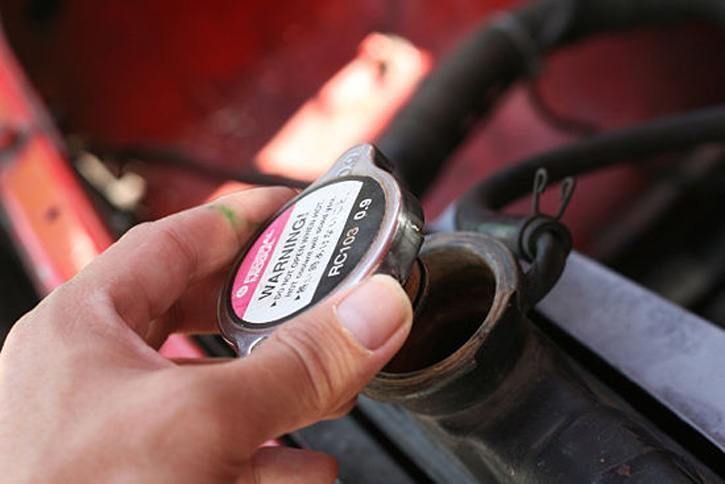
Tire Pressure
The tire pressure for your truck needs to change when you're towing. Check the placard on the driver side door jamb; it will tell you the standard tire pressure and the proper tire pressure when towing. It's a wise investment to purchase a tire pressure monitor, as improper tire pressure can directly affect the handling of the truck when towing. When you're done towing, be sure to go back to the appropriate tire pressure recommended when you're not towing.

Sway Control
Once you start towing various trailers, you will start to experience swaying. Slight swaying of the trailer is considered normal; however, if you feel you're stressing too hard to keep the truck going straight, then you have to prepare better for the trip. Consider purchasing a sway bar, which goes between your truck and trailer and helps with the swaying. Also, the tongue weight makes a huge difference in swaying. The tongue between the truck and the trailer needs to be straight. If the tongue is leaning more towards the truck, you will experience swaying, and if it's leaning more towards the trailer, you will experience a change in stability, as the front tires get some weight pulled off of them. Set up the tongue as straight as possible.
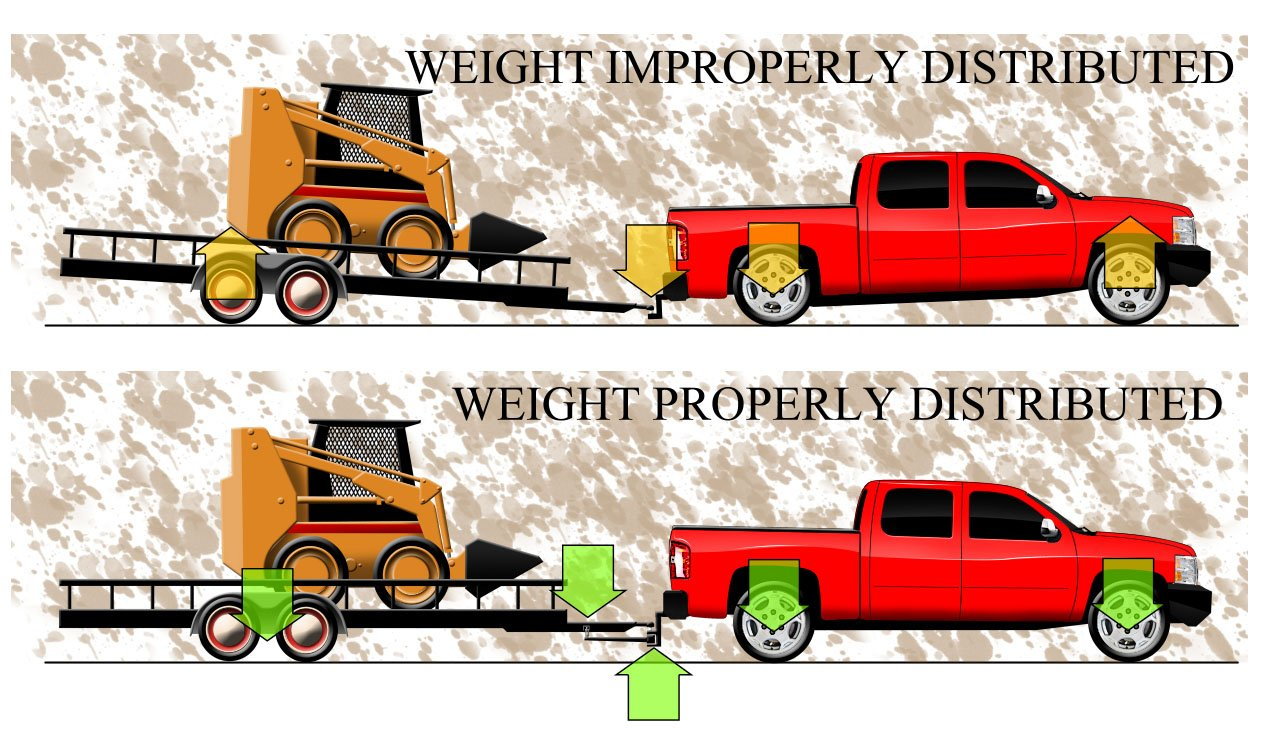
Related Discussions
- Towing and Hauling Questions - Yotatech.com
- Towing and Hauling Issues - Yotatech.com
- Information before Towing - Yotatech.com

